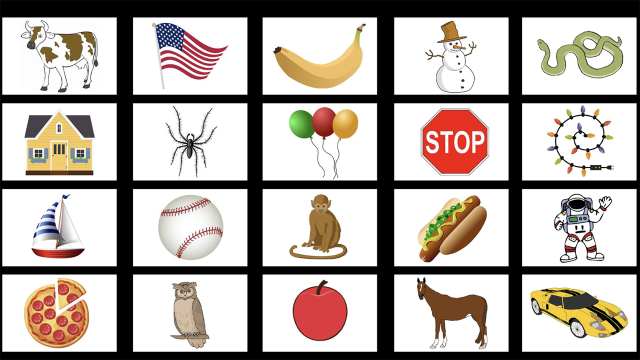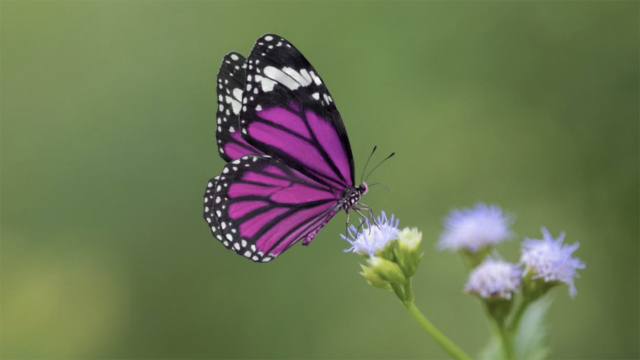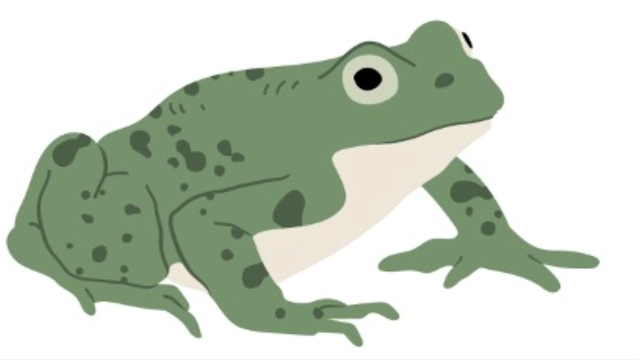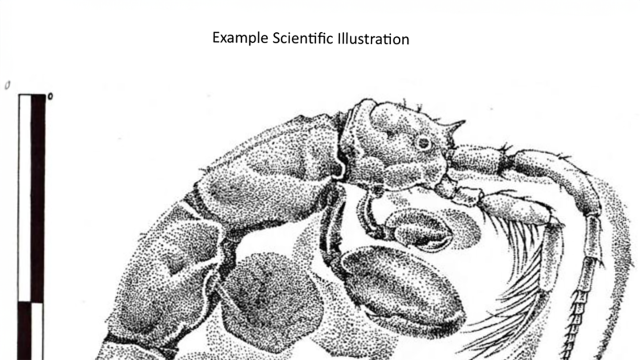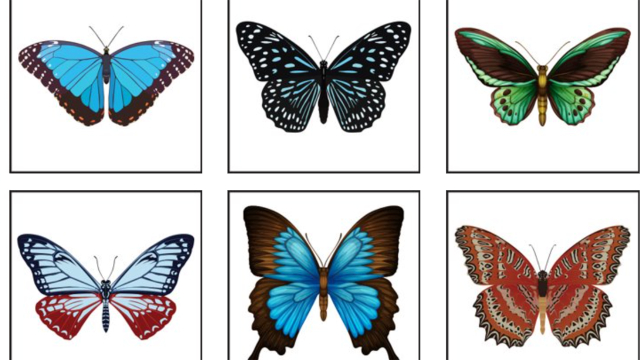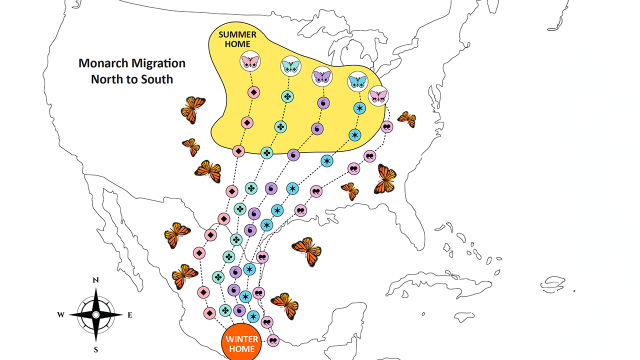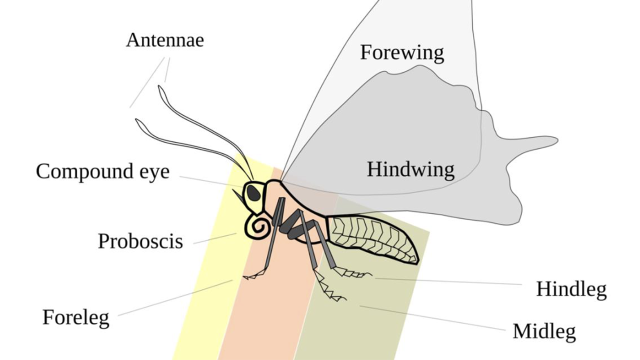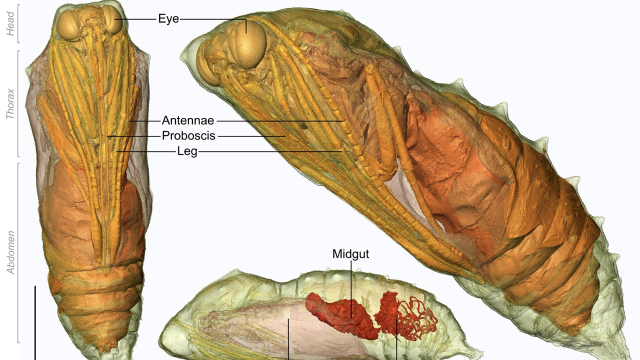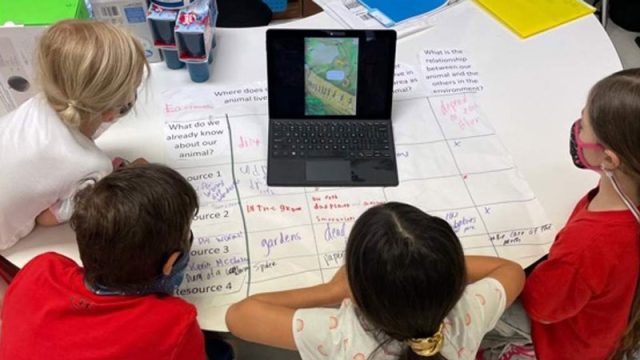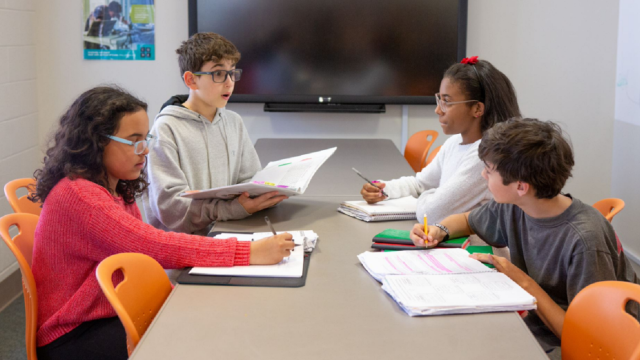Animal Life Cycles

Unit Navigation
-
Unit Overview
Animal Life Cycles
Authentic Literacy and Language (ALL) for ScienceRecommended for Grade 2
This complete and integrated 15-day teaching unit on animal life cycles follows the Authentic Literacy and Language (ALL) for Science curriculum framework that promotes science sense-making and language sense-making through three aligned components:

Life cycles are the changes that organisms undergo as they grow and develop throughout their lives. In this unit, children investigate the life cycles of different animals including the Painted Lady butterfly. Learners participate in inquiry-based science activities as they investigate Painted Lady butterfly and research the life cycles of different animals. While working in collaborative teams, they will participate in the best practices of science as they read, write and think like scientists. Please refer to the “Before the Unit Begins” document for information on preparing for the unit.
-
Before the Unit Begins
BEFORE THE UNIT BEGINS
Welcome to the Animal Life Cycles Unit! PLEASE READ THIS DOCUMENT before you begin teaching the unit—it contains information you need to know that may not be in the lessons. We also encourage you to read each day’s lesson ahead of time to prepare for instruction; the lessons in this unit provide details about materials, setup, and procedures.
Contents in the “Before the Unit Begins” section:
- “Lessons at a Glance” document
- “Animal Resources” spreadsheet
- Science Language picture cards
- “Habitat Construction” document
- “Care of Larvae and Butterflies” document
EXPANDED INFORMATION ABOUT THE CONTENT
- “Lessons at a Glance” document
This is a snapshot of the materials the teacher will need to have on hand or prepare ahead of time for each day. Full instructions, including setup, are included in each day’s lesson.
- “Animal Resources” spreadsheet
We have compiled a spreadsheet of suggested books, read-alouds, videos, and websites for the teacher to select from and use in inquiry circles. The list is only a starting point; please feel free to add any additional books, videos, etc. appropriate for your learners. We ask only that any additions be exploratory texts or media that include accurate scientific information.
Before the research begins, we suggest the teacher select and read aloud several exploratory texts to generate interest in different outdoor organisms. Alternatively, children may be given the choice to read a book on their own; the teacher knows best what will work for the class. Note: The teacher may choose to select and organize resources for inquiry using an organizational tool, such as a Nearpod or a similar tool.
- “Science Language” picture cards
The teacher will need to print a color copy of the “Science Language” picture cards before Day 1. We also provide a complete list of science language used in this unit, organized by day, and an alphabetical list. Each day’s science language is also listed at the end of the lesson.
We encourage you to introduce new science language in context as you move through the lessons, using the science language cards as a visual, then posting them to construct a word wall (or making them accessible for the children’s use in your preferred manner).
- “Habitat Construction” document
This contains full instructions for constructing butterfly growth habitats for each team.
The butterfly habitats must be constructed by the teacher before Day 2. Please see the “Habitat Construction” document (which includes a list of materials) in the “Before the Unit Begins” section. You will need one shoebox per team.
- PLEASE READ THE CARE OF LARVAE AND BUTTERFLIES DOCUMENT in the “Before the Unit Begins” section.
Butterflies will be the model organisms used by the teacher throughout the unit; they will also be the focus of the guided science investigations. The learning outcome for the science investigation on butterflies is for the children to discover and observe on their own the different stages in the life cycle of the butterfly. We discourage using any commercial butterfly life cycle diagrams during the investigations, as the children will be tasked with creating their own in the culminating activity.
A class set of 30 painted lady butterfly larvae should be ordered for delivery in time to move into the prepared habitats on Day 2. Be sure to check delivery instructions on the Carolina Biological website (or the vendor of your choice):
Fresh plants and leaves provide a source of food and water for the larvae; because of this, it will be important to add fresh leaves every day- the larvae /caterpillars eat a lot!
Painted lady caterpillars eat a variety of plants; suggested plants include:
- asters
- daisies
- zinnias
- thistles
- dandelions
- mallows
- hollyhock
- alfalfa
- clover
SUPPORTING MATERIALS
- Any additional supporting documents referenced in a lesson (including anchor charts and printable or downloadable files) can be found in the “Supporting Files” section for that day’s lesson.
- Sample anchor charts provided for the mini-lesson reading strategies are to be used as models when creating anchor charts with the class. The “Inquiry Toolbox” and “Team Roles” anchor charts can be used for use as is.
- We encourage the teacher to review the SETUP information for each lesson at least one day in advance to ensure that all necessary materials are prepared
-
Daily Activities

